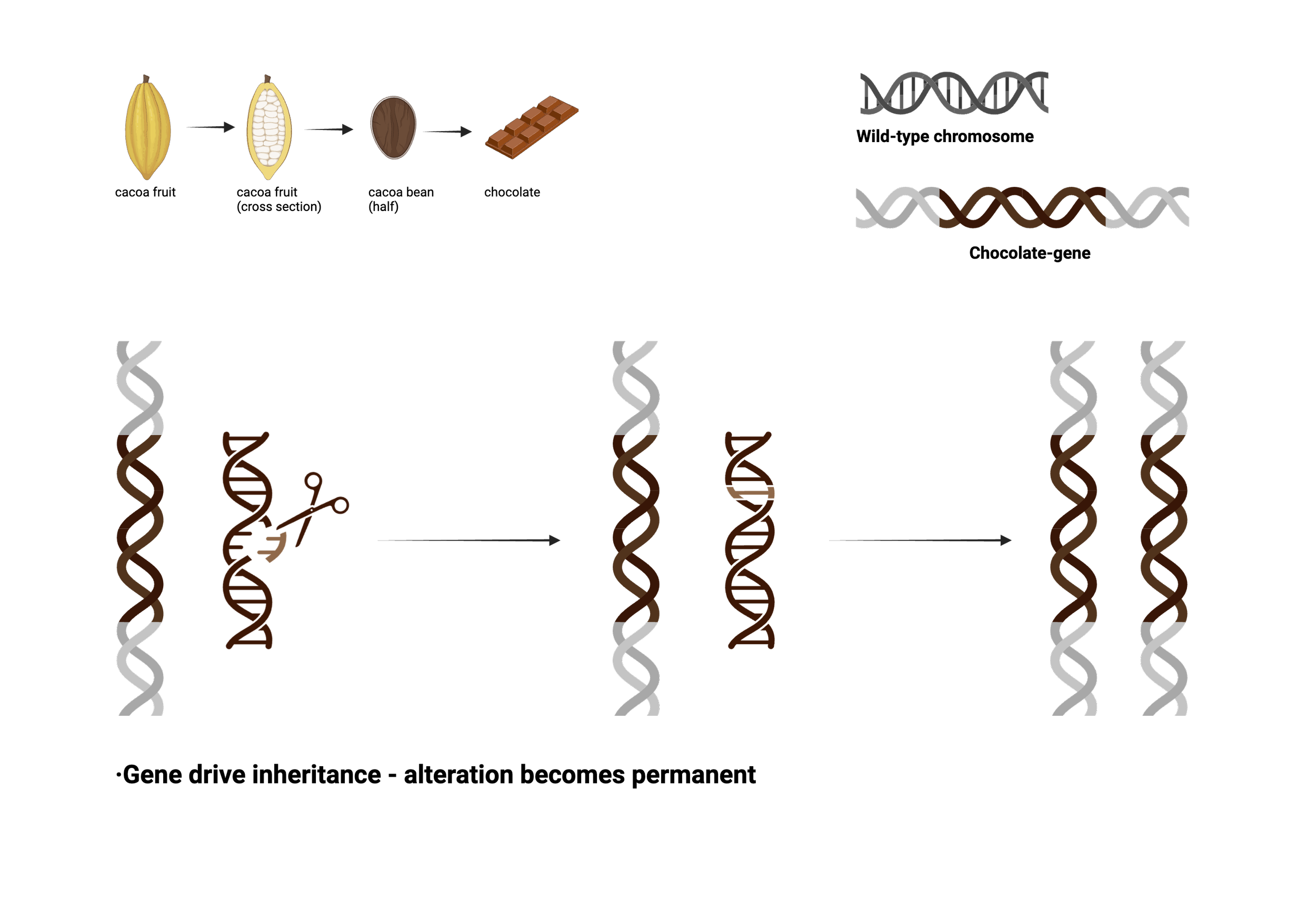How?
“Okay, so here’s the deal with the "BuyTalon" project. We’re using this super cool CRISPR technology to boost the baby-making powers of raptors. You know, those majestic birds of prey? Yeah, them. We're tackling the big bad climate crisis and helping these fabulous creatures avoid extinction.
And get this, we’re totally embracing eco-queer theory. It’s all about the fluidity, diversity, and interconnectedness of life. No boring, old-school boundaries here!
But wait, there’s more! We’re adding a dash of market magic with 3D-printed chocolate talons. Yep, you heard me right. These tasty treats symbolize our innovative, forward-thinking approach. It’s speculative, it’s delicious, and it’s totally us!aste buds—and your brain—will thank you!"
The "BuyTalon" project leverages CRISPR technology to enhance the reproductive capabilities of raptors, addressing the challenges posed by the climate crisis and potential extinction. This speculative design integrates eco-queer theory, emphasizing the fluidity, diversity, and interconnectedness of life forms. The project also introduces market symbolism through the sale of 3D-printed chocolate talons, representing the innovative and speculative nature of this endeavor.
Chocolate Chromosome gene driven resources
Our cocoa talon offspring will inherit a chromosome containing the driver gene and a wild-type chromosome. The kinesin gene contains a CRISPR system that cleaves the wild-type chromosome, which causes the cell to copy the kinesin gene when repairing damage using the chromosome containing the kinesin gene as a template. Since it now has two copies of the driver gene (and the chocolate gene), all of the creature's offspring will inherit a chromosome containing the driver gene to repeat the process.
Factors Influencing Gene Drive Propagation
Efficiency of the Gene Drive:
An ideal gene drive can ensure that the genetic trait is inherited by nearly 100% of the offspring, significantly increasing the rate of propagation compared to natural inheritance patterns.
Reproductive Rate:
The rate at which the species reproduces will impact how quickly the gene drive can spread through the population. Species with shorter generation times and higher reproductive rates will propagate the gene drive more quickly.
Initial Introduction Frequency:
The proportion of the initial population that carries the gene drive. A higher initial introduction frequency will accelerate the spread of the gene drive.
Population Structure and Dynamics:
Factors such as population size, migration patterns, and social structure can also influence the spread of the gene drive.
Theoretical Estimation
For the sake of estimation, let's assume:
The gene drive is nearly 100% efficient.
The species in question, such as a hypothetical "chocolate raptor," has a generation time of 1 year.
The gene drive is introduced into 1% of the initial population.
Under these assumptions, we can use a simple model to estimate the number of generations required for the gene drive to propagate through the entire population.
Simple Model
The spread of a gene drive can be modeled using the equation: Pn=1−(1−P0)×(1−E)nP_{n} = 1 - (1 - P_{0}) \times (1 - E)^{n}Pn=1−(1−P0)×(1−E)n
Where:
PnP_{n}Pn is the proportion of the population with the gene drive after nnn generations.
P0P_{0}P0 is the initial introduction frequency (e.g., 0.01 for 1%).
EEE is the efficiency of the gene drive (close to 1 or 100%).
nnn is the number of generations.
For a highly efficient gene drive (E≈1E \approx 1E≈1):
Pn≈1−(1−P0)×(0)=1−(1−P0)P_{n} \approx 1 - (1 - P_{0}) \times (0) = 1 - (1 - P_{0})Pn≈1−(1−P0)×(0)=1−(1−P0)
This implies that in an ideal scenario, the gene drive would propagate very rapidly. To provide a more realistic estimate:
Practical Example
Using a more detailed approach:
First Generation:
P1≈0.01+(1−0.01)×1=0.01+0.99≈1P_{1} \approx 0.01 + (1 - 0.01) \times 1 = 0.01 + 0.99 \approx 1P1≈0.01+(1−0.01)×1=0.01+0.99≈1
Given these assumptions, the gene drive could theoretically reach near fixation (close to 100% of the population) within a few generations. However, to provide a conservative and practical estimate, we assume:
2-5 Generations:
This range accounts for possible inefficiencies, genetic variations, and ecological factors that may slow down the propagation slightly.
Conclusion
In ideal conditions, the gene drive could propagate through the entire population of chocolate raptors in approximately 2-5 generations. However, practical considerations such as genetic resistance, ecological interactions, and the initial introduction size could extend this timeframe. Therefore, ongoing monitoring and potential supplementary introductions may be necessary to ensure complete propagation.

